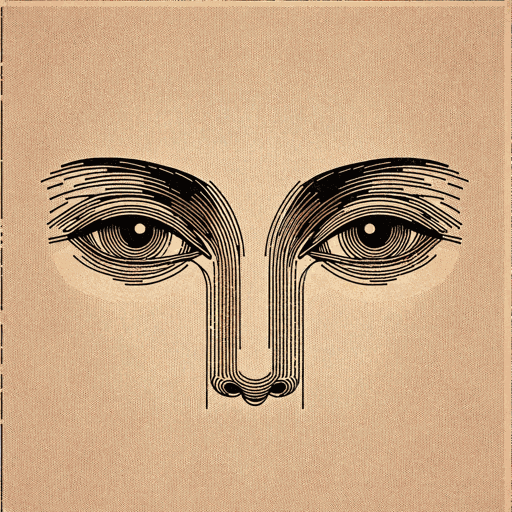18 pages • 36 minutes read
Langston HughesI look at the world
Fiction | Poem | Adult | Published in 2008A modern alternative to SparkNotes and CliffsNotes, SuperSummary offers high-quality Study Guides with detailed chapter summaries and analysis of major themes, characters, and more.
Summary and Study Guide
Overview
“I look at the world” is a lyric poem by the essayist, playwright, fiction writer, children’s author, and poet Langston Hughes. As with many of Hughes’s poems, “I look at the world” confronts racism in the United States. Hughes’s speaker sends the message that America’s ongoing prejudice is oppressive and foolish. The speaker doesn’t believe that racism has to be a permanent part of American life. In fact, the poem ends on a hopeful note, with Hughes’s speaker asking others to join them and find a way to topple bigotry.
One of the preeminent voices in American literature, Hughes was one of several gifted Black artists associated with the Harlem Renaissance. This creative movement acquired its name from the predominantly Black New York City neighborhood. During the 1920s and 30s, many Black artists in Harlem began to create critical works that helped other Black artists express themselves without restraint. These artists didn’t just reshape Black literature; they transformed American literature. “I look at the world” reflects the vision of Hughes and the tenets of the Harlem Renaissance. The poem provides a personal portrait of Black existence in America. His poem addresses the struggles and hopes of Black people in early 20th century America.
“I look at the world” is not one of Hughes’s better-known poems, which include “I, Too” (1926) and “Harlem” (1951). Although Hughes wrote “I look at the world” in 1930, it wasn’t published until 2009. Hughes’s papers are at the Beinecke Rare Book and Manuscript Library at Yale University. While reviewing his materials, an employee, Penny Welbourne, noticed poems written in pencil in the back of a book, An Anthology of Revolutionary Poetry (1929). One of those poems was “I look at the world.” Poetry magazine published it in its January 2009 issue. The authoritative Hughes scholar, Arnold Rampersad, introduced the poems and dated them to 1930.
Poet Biography
Langston Hughes was born in Joplin, Missouri, in 1902. His mom, Carrie Langston, came from a prosperous family. Her dad was a successful grocer and farmer, and her youngest brother became the president of Howard University. Creative and passionate, Carrie wanted to be a performer, but the racist, sexist norms of the 19th-century thwarted her. Eventually, Carrie met James Nathaniel Hughes. A year after Langston Hughes’s birth, James moved to Mexico City. Carrie left Hughes with her mom, Mary, and followed James to Mexico.
In Lawrence, Kansas, Hughes was unhappy with his grandma. Then, as Hughes writes in his autobiography The Big Sea (Alfred A. Knopf, 1940), “books began to happen to me, and I began to believe in nothing but books and the wonderful world in books.” The real world of Hughes and his grandma was not wonderful. Mary had trouble providing food and paying the mortgage; Hughes was hungry and “never quite sure the white mortgage man was not going to take the house” (The Big Sea).
Hughes’s parents fought often and eventually separated. Carrie remarried, and Hughes spent a great deal of his adolescence moving around the Midwest with his mom and stepdad. In eighth grade, Hughes was named class poet, which Hughes attributed to racial stereotypes. As Hughes writes in The Big Sea: “My classmates, knowing that a poem had to have rhythm, elected me unanimously—thinking, no doubt, that I had some, being a Negro.” At graduation, Hughes recited his poem and received a loud ovation. The power of poetry made Hughes want to write more poems.
After quarrelsome visits with his dad in Mexico, Hughes moved to New York and enrolled in Columbia University in 1921. A year later, Hughes left Columbia. After traveling and working on ships, Hughes returned to New York in 1925. He met Alain Locke, Zora Neale Hurston, Wallace Thurman, and many other critical figures associated with the Black artistic boom in New York City that became known as the Harlem Renaissance.
Carl Van Vechten was a big supporter of Harlem Renaissance artists. He showed Hughes’s poetry to Alfred A. Knopf. In 1926, Knopf published Hughes’s first poetry collection The Weary Blues. The book was popular and stirred up the literary community.
In 1926, Hughes published “The Negro Artist and the Racial Mountain” in The Nation. In this seminal essay, Hughes draws attention to the central traits of the Harlem Renaissance and the mission of many other Black artists. He declares: “We younger Negro artists who create now intend to express our individual dark-skinned selves without fear or shame.” (Hughes, Langston. “The Negro Artist and the Racial Mountain.” 1926. The Nation.)
In 1927, Hughes published his second volume of poetry Fine Clothes to the Jew (Alfred A. Knopf), which continued his portrayal of the Black community. In 1930, Hughes published his first novel Not Without Laughter (Random House). Throughout the late 1920s and 1930s, Hughes visited places outside America such as Cuba, Mexico, China, Spain, and the Soviet Union. His global journeys gave him an international audience and familiarized him with leftist, anti-capitalist political systems like communism and socialism.
While traveling to Russia in 1932, Hughes published a controversial poem, “Goodbye Christ,” that suggested communist figures like Karl Marx, Vladimir Lenin, and Joseph Stalin should replace the capitalistic Christ. During the 1940s and 50s, the supposed threat of communism preoccupied politicians like Senator Joseph McCarthy. This period was called the Second Red Scare, and it led to rumors and accusations that certain Americans were communist.
In 1953, Hughes spoke to McCarthy’s Subcommittee on Investigations and distanced himself from communism. Hughes didn’t implicate others, but his disavowal caused a split between him and notable Black figures like Du Bois and the famous Black actor Paul Robeson. Tidwell and Ragar attribute Hughes’s supposed ideological shift to “economic reality” and Hughes’s desire to “continue making a living as a full-time writer” (Montage of a Dream: The Art and Life of Langston Hughes. 2007. University of Missouri Press). If Hughes wanted a wide audience and the money that came with it, he may not be able to be as radical as he’d like.
The Big Sea was published in 1940. Richard Wright also published his violent and controversial novel Native Son (Harper & Brothers) the same year, and Hughes criticized its message. Later, Hughes expressed disagreement with the radical politics of the Black writer Amiri Baraka (then known as LeRoi Jones) and the revolutionary organization the Black Panthers. In turn, writers like Baraka and James Baldwin criticized Hughes as insufficiently transgressive.
Despite the ideological discord, Hughes remained prolific. In 1951, Hughes published Montage of a Dream Deferred (Henry Holt and Company). In 1959, Knopf published his Selected Poems. Two years later, in 1961, Hughes was inducted into the National Institute of Arts and Letters. A year later, he began his weekly column for The New York Post. In 1966, President Lyndon B. Johnson made Hughes the leader of an American delegation to the First World Festival of Negro Arts in Dakar.
In May of 1967, Hughes died in a New York hospital due to prostate cancer.
Poem Text
Hughes, Langston. “I look at the world.” 1930. Poetry Foundation.
Summary
The first line and title are the same. The speaker announces, “I look at the world” (Line 1). Based on this statement, it’s reasonable to conclude that this poem will be about the world and what the speaker sees in it. The speaker is Black and has limited liberties, a “fenced-off narrow space” (Line 4). America’s racism and oppressive norms have “assigned” (Line 5) this precarious, restricted life to the speaker.
In Stanza 2, the speaker looks at “the silly walls” (Line 6) in their world. The speaker reminds the reader that they’re looking through “dark eyes in a dark face” (Line 7). The speaker knows oppressive forces built the walls. They “[w]ill have to go!” (Line 10) because the speaker shouldn’t have to tolerate racist impediments.
In Stanza 3, the speaker moves their eyes from the world and walls to their body. The speaker is aware of their power; their “eyes” are “no longer blind” (Line 12). The speaker realizes that their hands can help build the just world in their “mind” (Line 14). The potential for a fairer world galvanizes the speaker; they ask other people in the world—including, perhaps, the reader—to “hurry” (Line 15) and locate the “road” (Line 16) that will take away oppression and racism.
Related Titles
By Langston Hughes
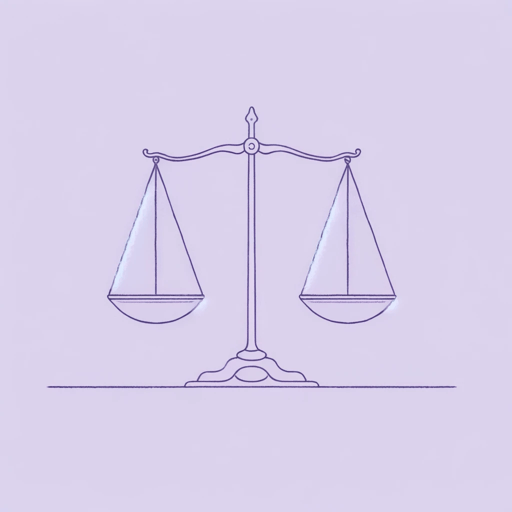
Children’s Rhymes
Langston Hughes
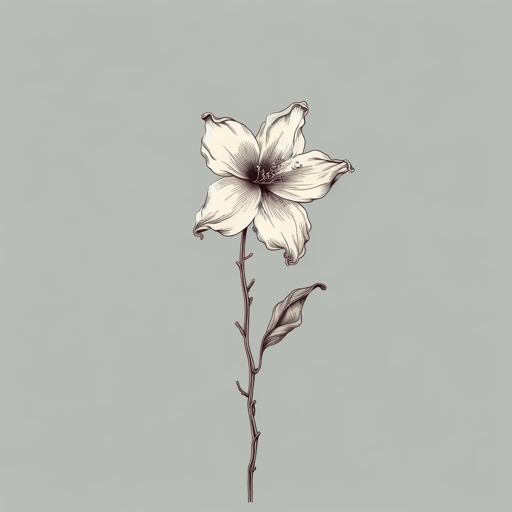
Cora Unashamed
Langston Hughes
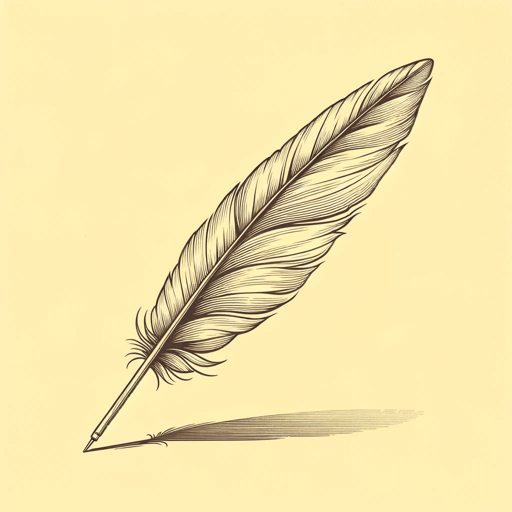
Dreams
Langston Hughes

Harlem
Langston Hughes
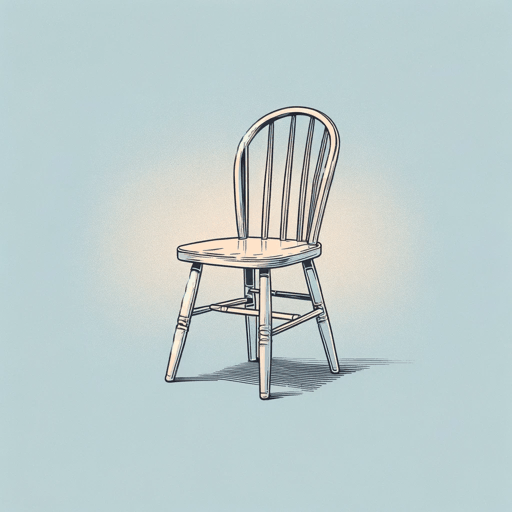
I, Too
Langston Hughes
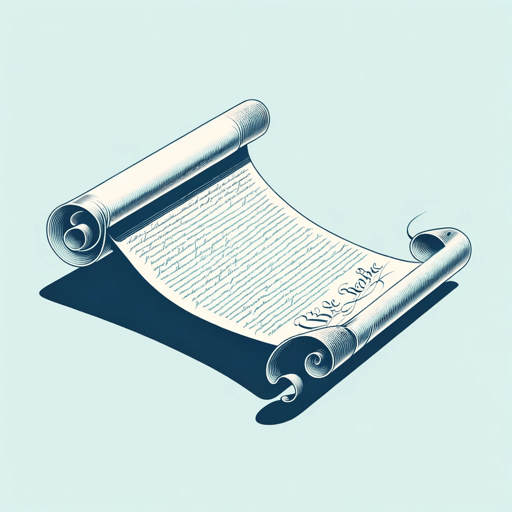
Let America Be America Again
Langston Hughes
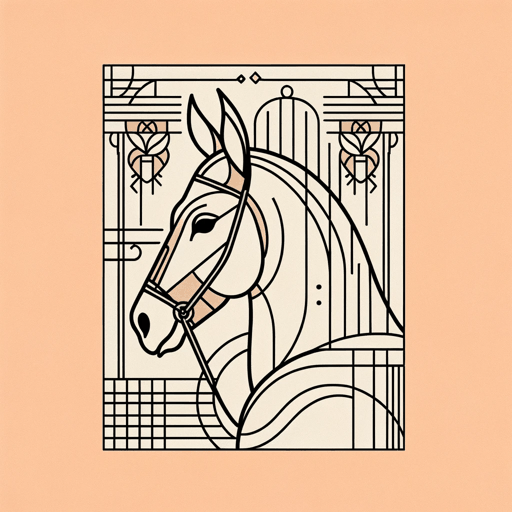
Me and the Mule
Langston Hughes

Mother to Son
Langston Hughes

Mulatto
Langston Hughes

Mule Bone: A Comedy of Negro Life
Langston Hughes, Zora Neale Hurston
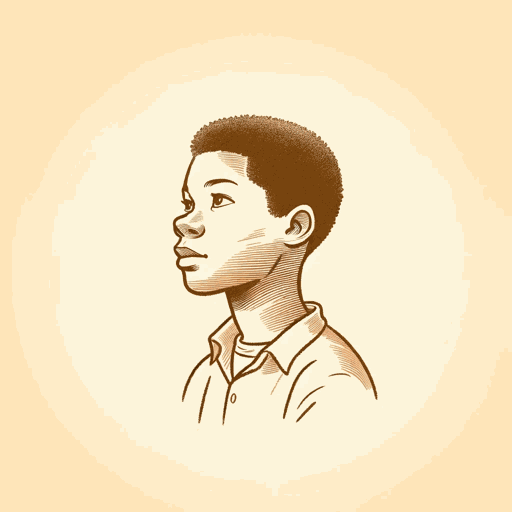
Not Without Laughter
Langston Hughes

Slave on the Block
Langston Hughes
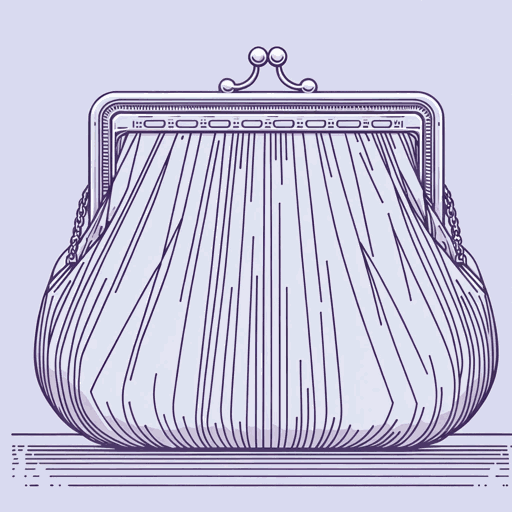
Thank You, M'am
Langston Hughes

The Big Sea
Langston Hughes
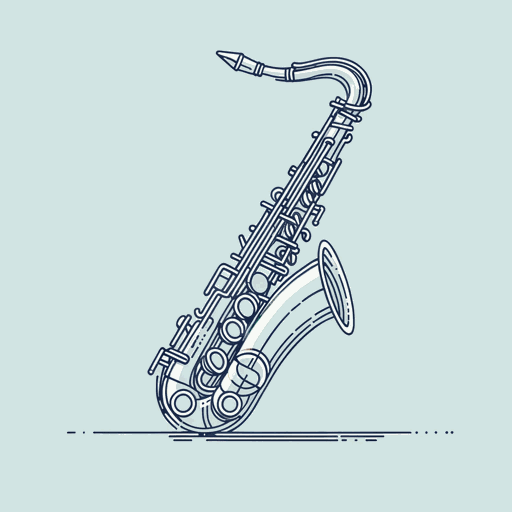
Theme for English B
Langston Hughes
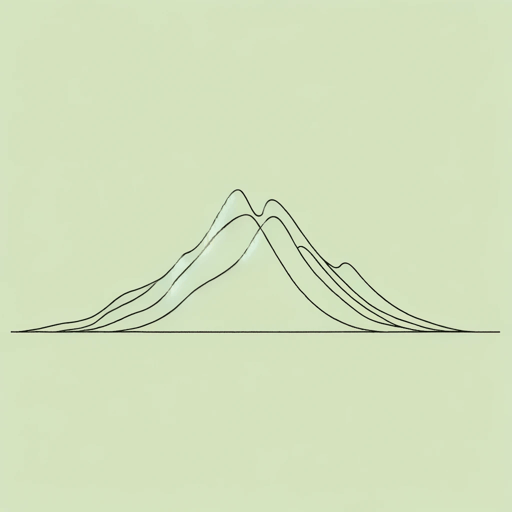
The Negro Artist and the Racial Mountain
Langston Hughes

The Negro Speaks of Rivers
Langston Hughes
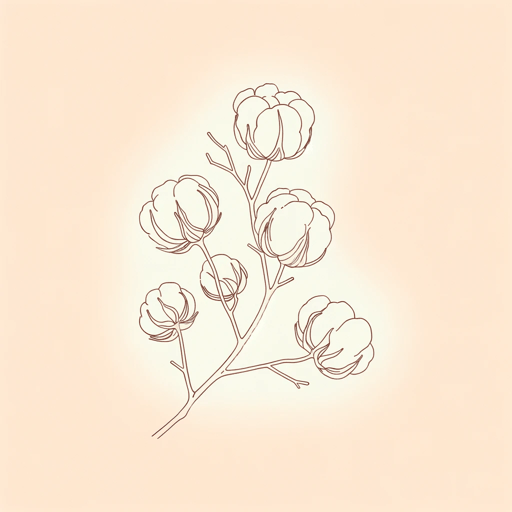
The Ways of White Folks
Langston Hughes
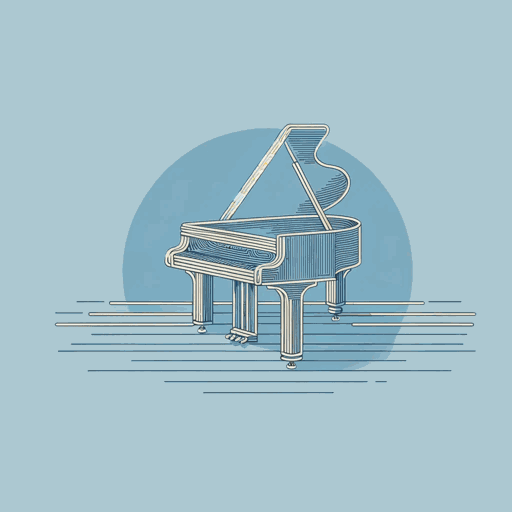
The Weary Blues
Langston Hughes

Tired
Langston Hughes
